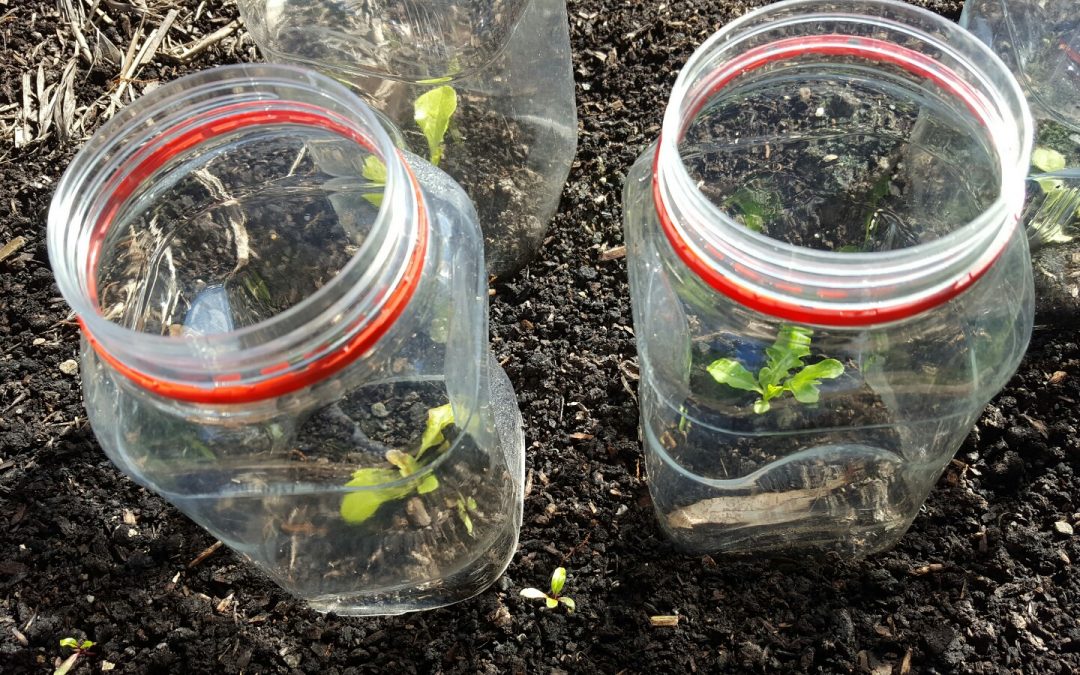
by Shionagh | May 23, 2017 | Growing Food, News From The Edge, Organic Gardening, Shionagh's News, Sustainable Living
Being off-grid, we try to make use of everything. The rule of Reduce, Re-use and Recycle is always on our mind here at Arborlon. So when we had accumulated enough flour containers, we decided to make them into something useful instead of tossing them in the recycling bin. In their second life they have become cloches in our veggie garden to help protect our young seedlings from being eaten by critters.

by Shionagh | May 5, 2017 | Growing Food, News From The Edge, Off Grid Living, Organic Gardening, Recipes, Shionagh's News, Sustainable Living
What do you do when nature throws you too much spinach, you make Spanikopita!
Growing your own food is one thing, but eating the food you grow is a whole other thing. You have to be prepared with recipes and ideas of how to use the abundance of food that nature gives you, which prompted me to start posting some recipes to help us all use our home grown veg. So,
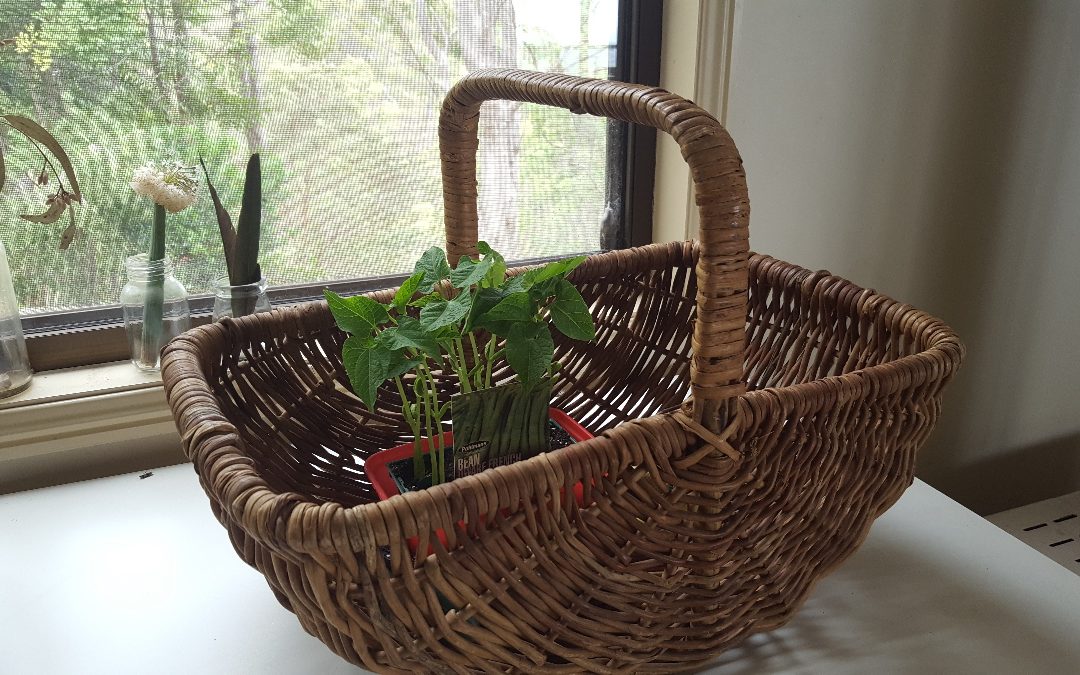
by Shionagh | Oct 30, 2016 | Growing Food, News From The Edge, Off Grid Living, Organic Gardening, Recipes, Shionagh's News, Solar Power, Sustainable Living, Weather
Living off-grid require some changes to how you do things. I’ve found it’s been a few small changes that have made the biggest difference in our power consumption. Here are a few of my favorite things that I’ve found useful for off-grid living.
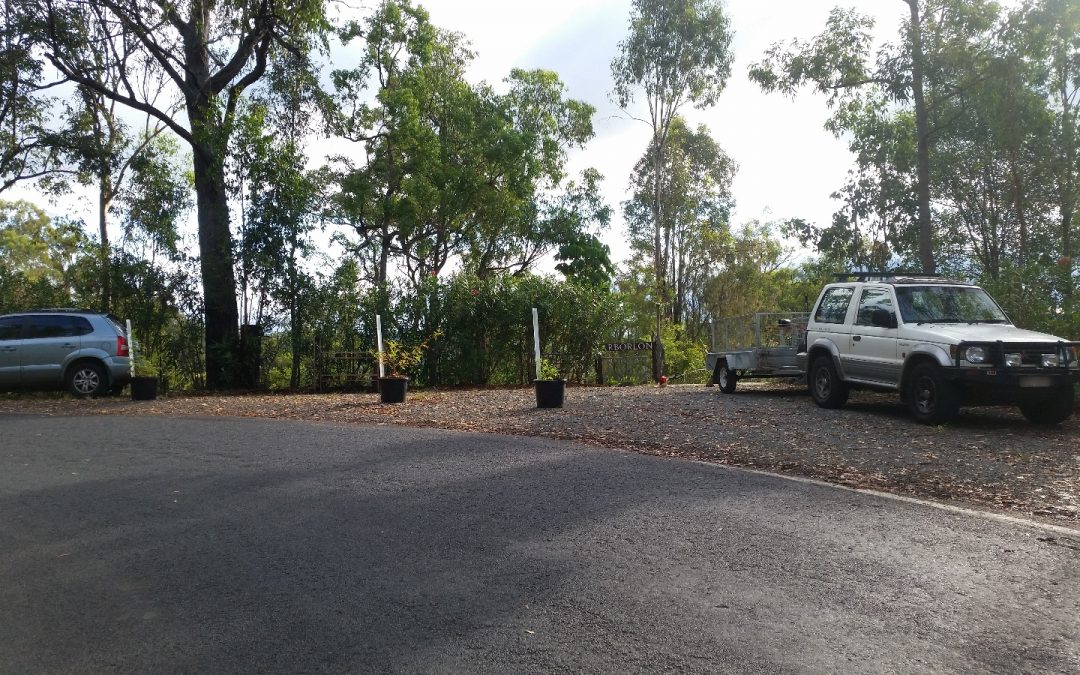
by Dave | Oct 6, 2016 | Growing Food, Native Plants, News From The Edge, Organic Gardening, Sustainable Living
We have had Native Raspberries(Rubus probus) in pots at the top of the driveway now for almost a year. They have done well, but they do cop a bit of a hiding from the traffic, the sun, the birds etc. So we have decided to move and replace them.
The Raspberries will go to the ‘Raspberry Patch” and they will be replaced with Lomandras.(Lomandra longifolia, Lomandra hystrix, Lomandra confertifolia)

by Shionagh | Sep 29, 2016 | Erosion, Growing Food, News From The Edge, Off Grid Living, Organic Gardening, Shionagh's News, Sustainable Living
We’ve been here one year! As we look back at the first months of our first year, we realise that we only noticed the big stuff, the stuff that needed doing. One year later we are amazed at how much we missed of the spring that was blooming around us. In comparison,...
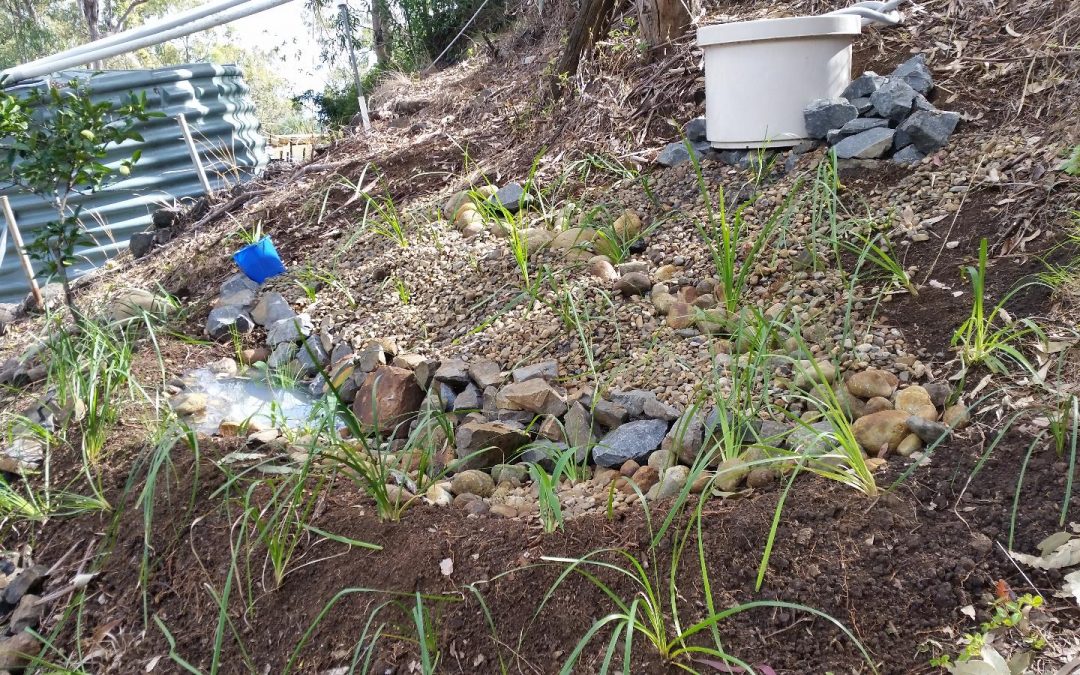
by Dave | Jul 28, 2016 | Construction, Grey Water, News From The Edge, Sustainable Living
The house here at Arborlon has a somewhat primitive grey water system. Water from the bathroom sink, kitchen sink, and shower drains to a grey water reservoir just outside the house in our back yard. it is a small-ish concrete tank set in the ground. It has a submersible dirty water pump that runs intermittently, and the outlet is just a grey water pipe extended down the hill below the house.
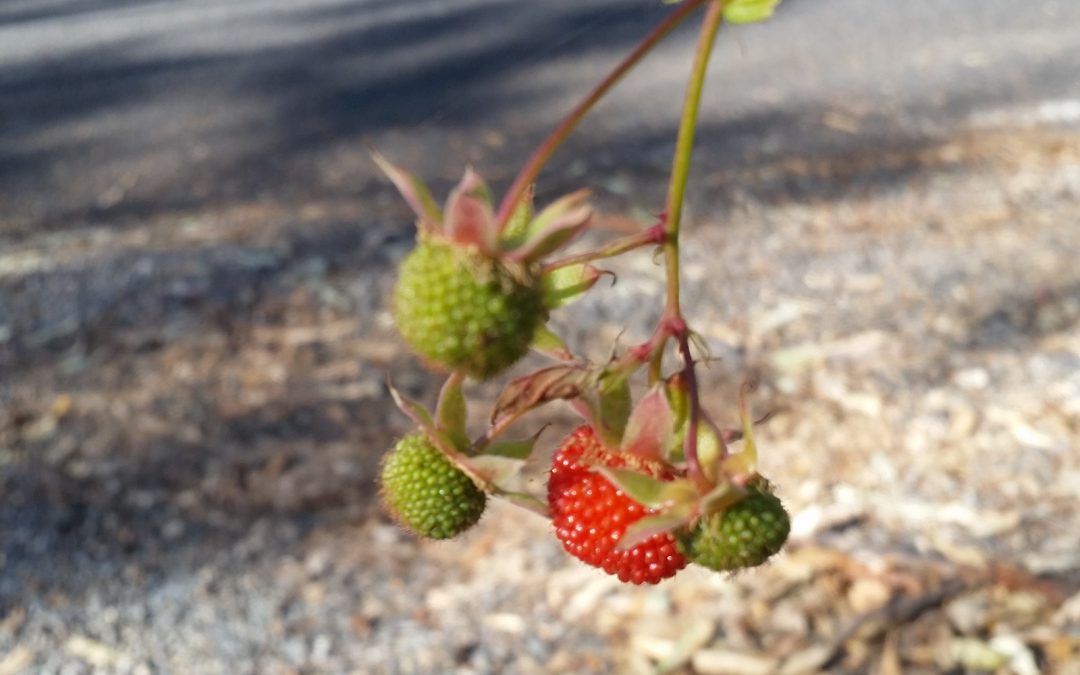
by Dave | Jul 2, 2016 | Growing Food, Native Plants, News From The Edge, Sustainable Living
Native Raspberries have been a favourite of ours since we first discovered them by a creek in the Brisbane suburb of The Gap some years ago. Since then we have grown or harvested them wherever we have been, and made Raspberry Couli, and Jam, as well as eaten them...
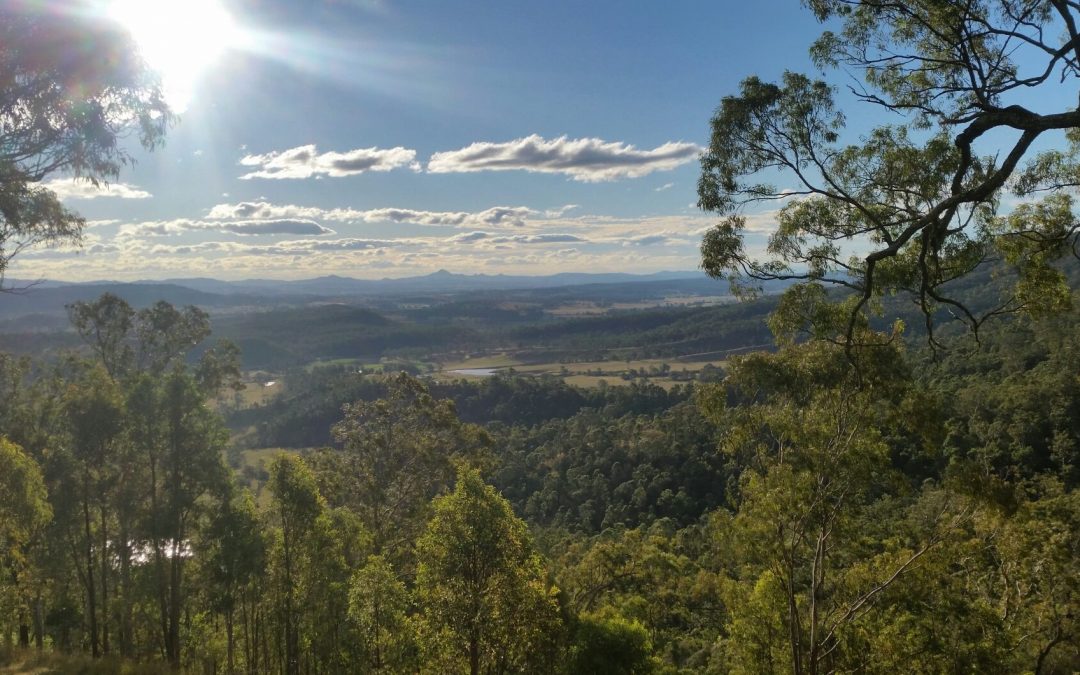
by Shionagh | Jun 14, 2016 | News From The Edge, Off Grid Living, Shionagh's News, Solar Power, Sustainable Living, Weather
Living off-grid means you are completely dependent on the weather. A cloudy day effects how things are done around the house but three days without sun on the solar panels results in very low power.
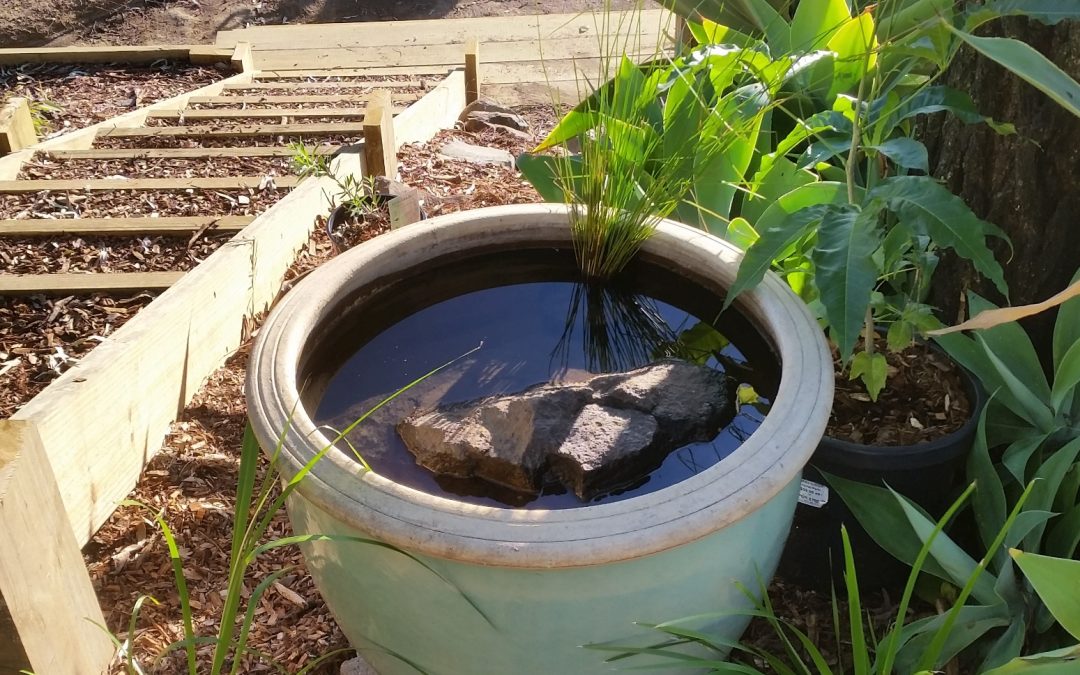
by Dave | Jun 11, 2016 | Native Birds, Native Plants, News From The Edge, Sustainable Living
As the bottom steps are now finished and the gardens in place was created a new water habitat on the Plot Level.
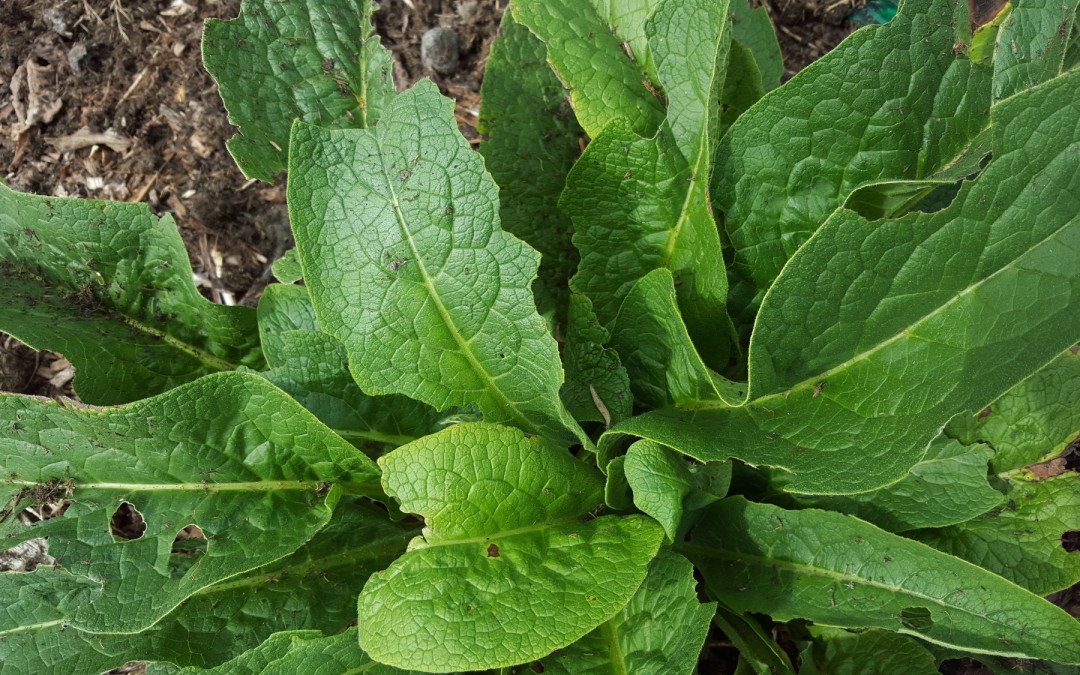
by Shionagh | Mar 7, 2016 | News From The Edge, Off Grid Living, Shionagh's News, Sustainable Living
Comfrey helps to provide nutrients for your soil and the leaves are great for the compost heap as comfrey’s quick rotting leaves work with bacteria and soil organisms to help speed the composting of dried leaves and other high carbon materials.
We plant comfrey in all of our garden beds because the deep tap roots help to break up our heavy clay soil.











Recent Comments